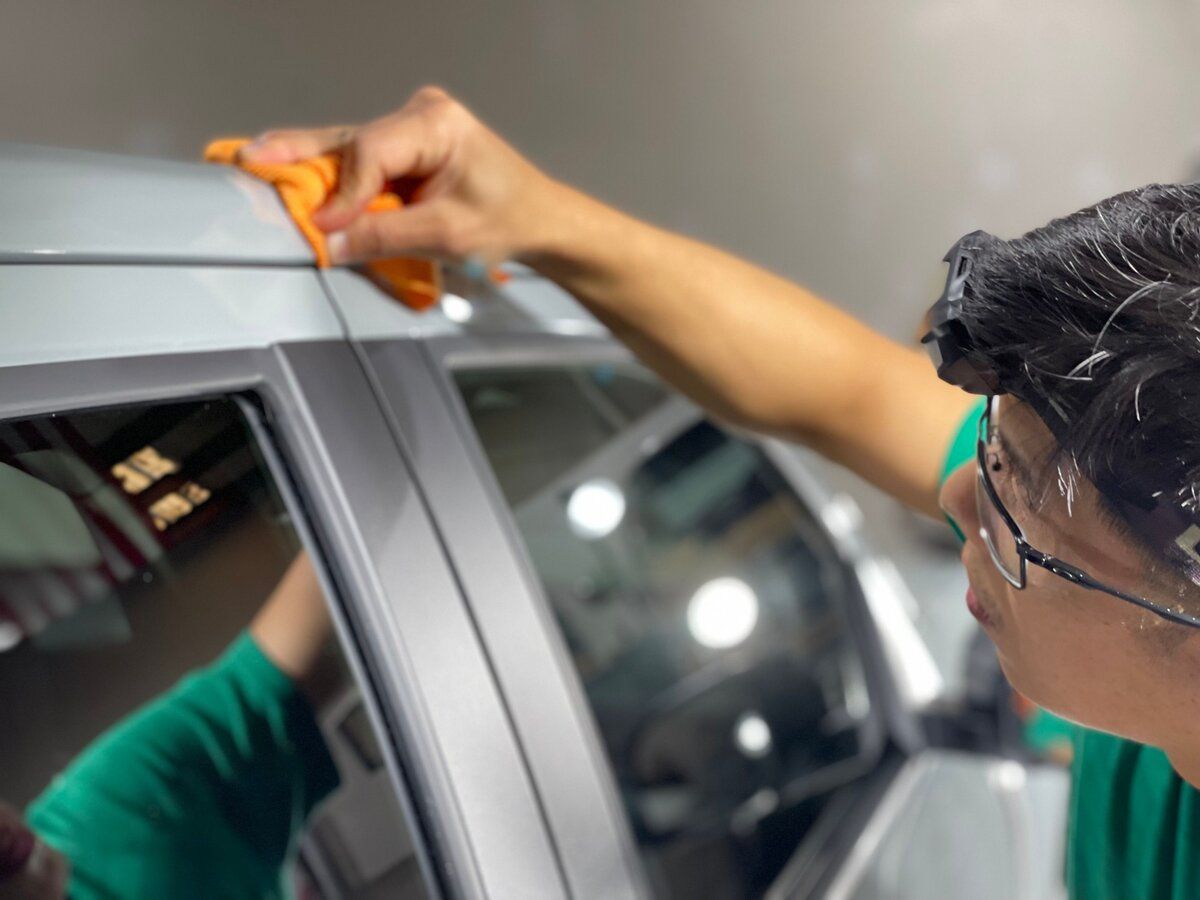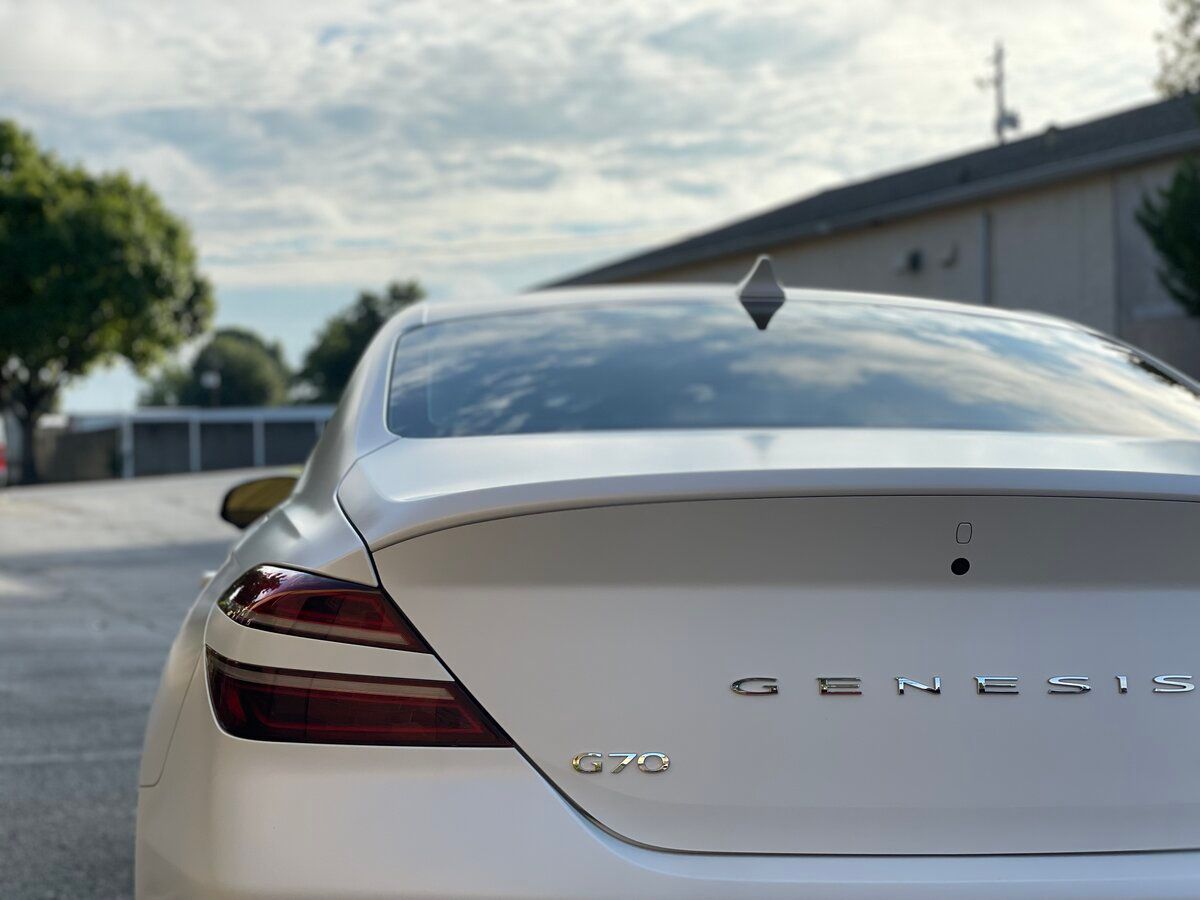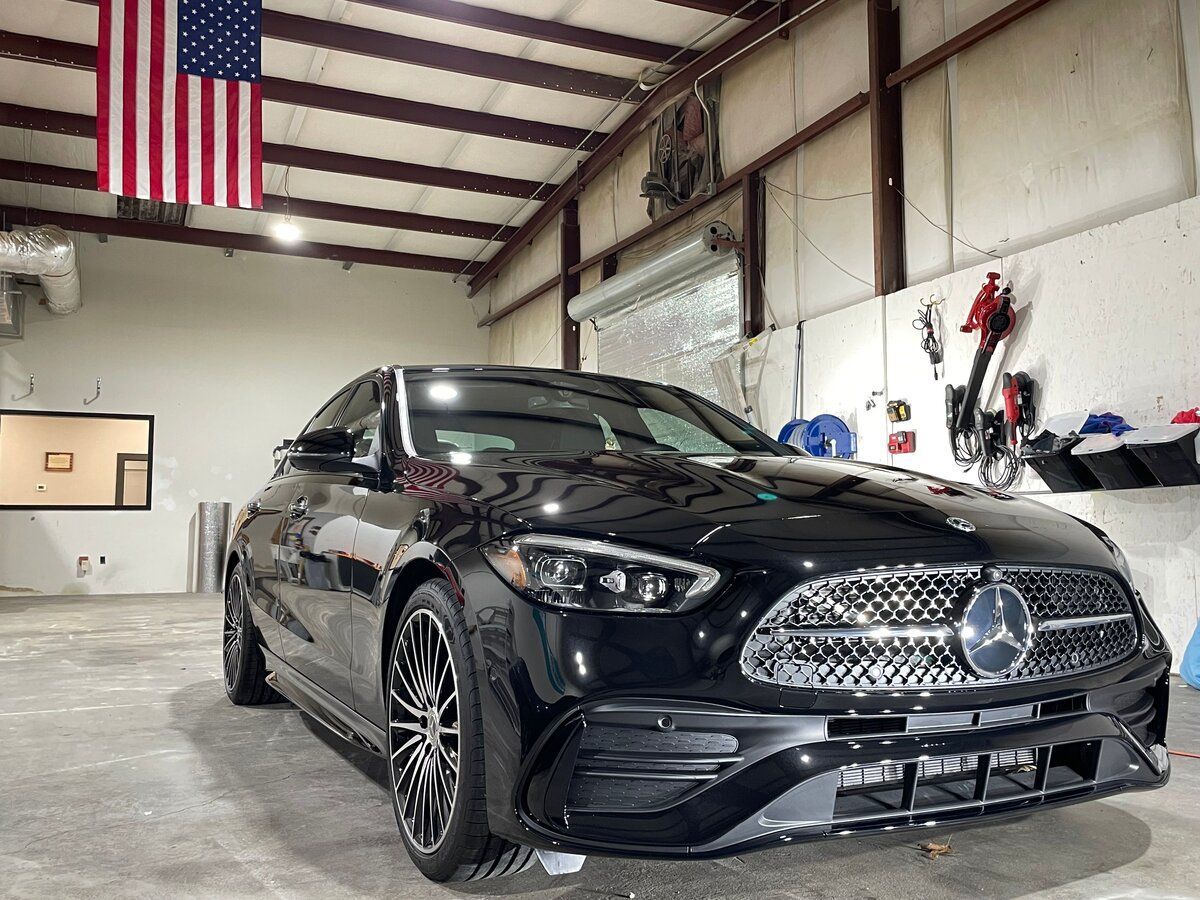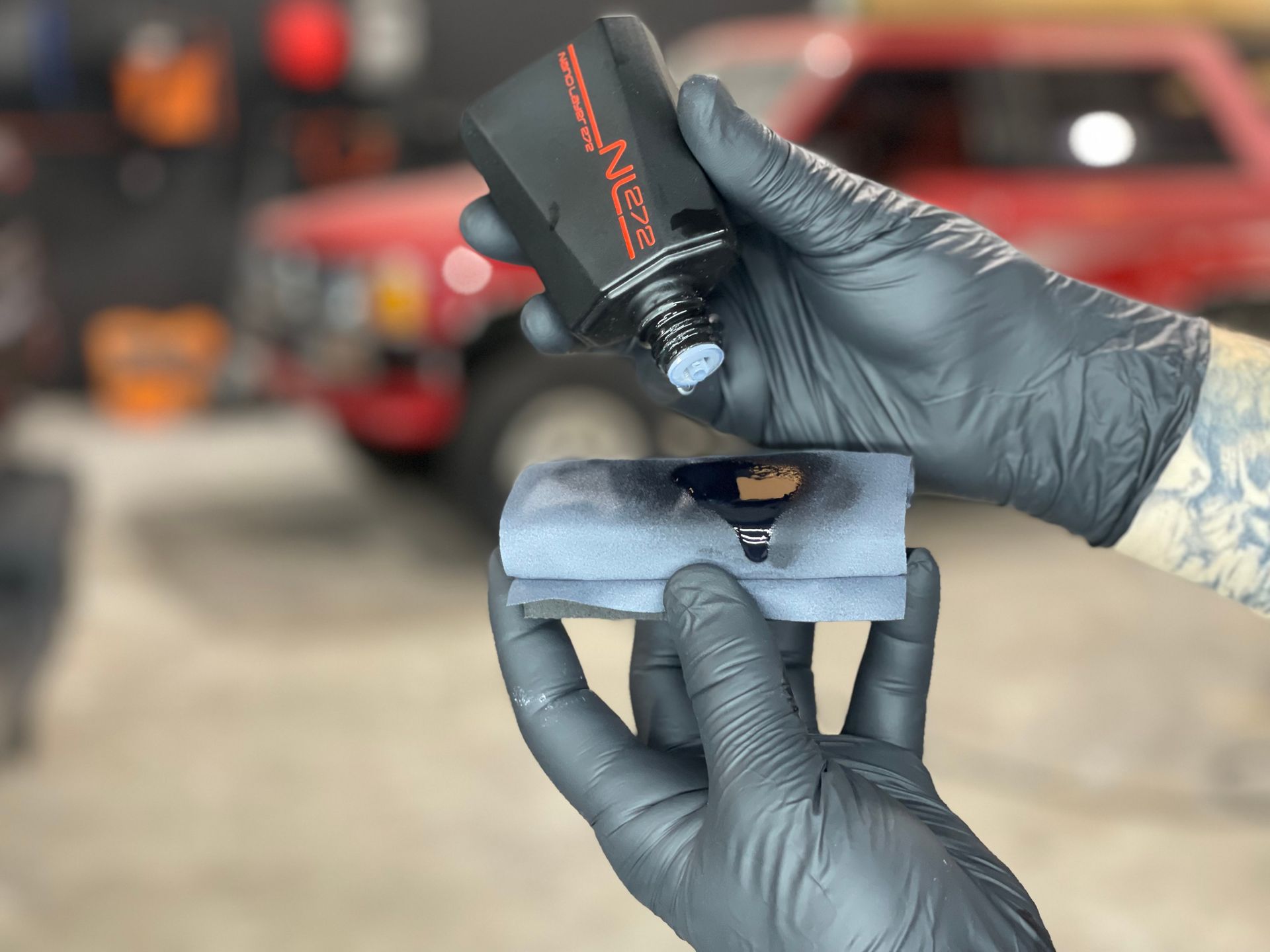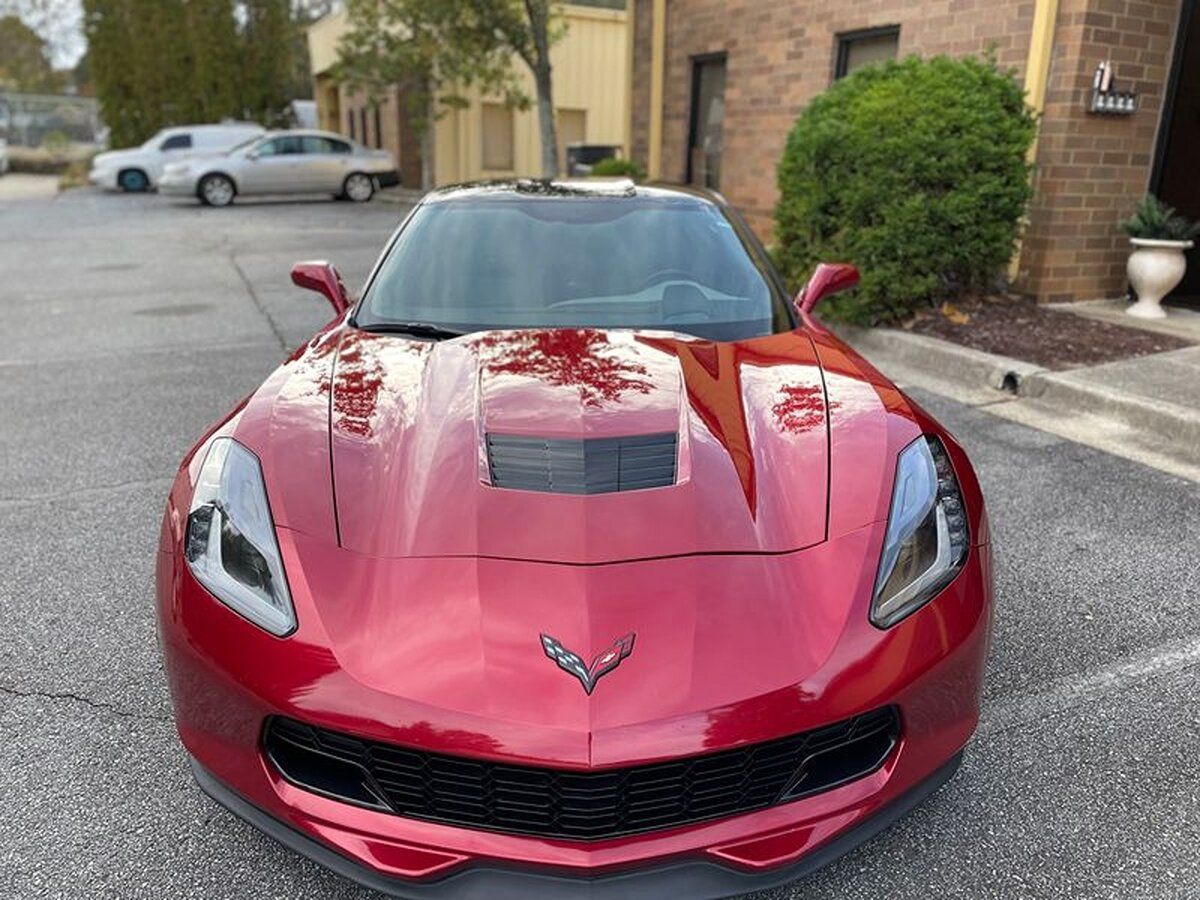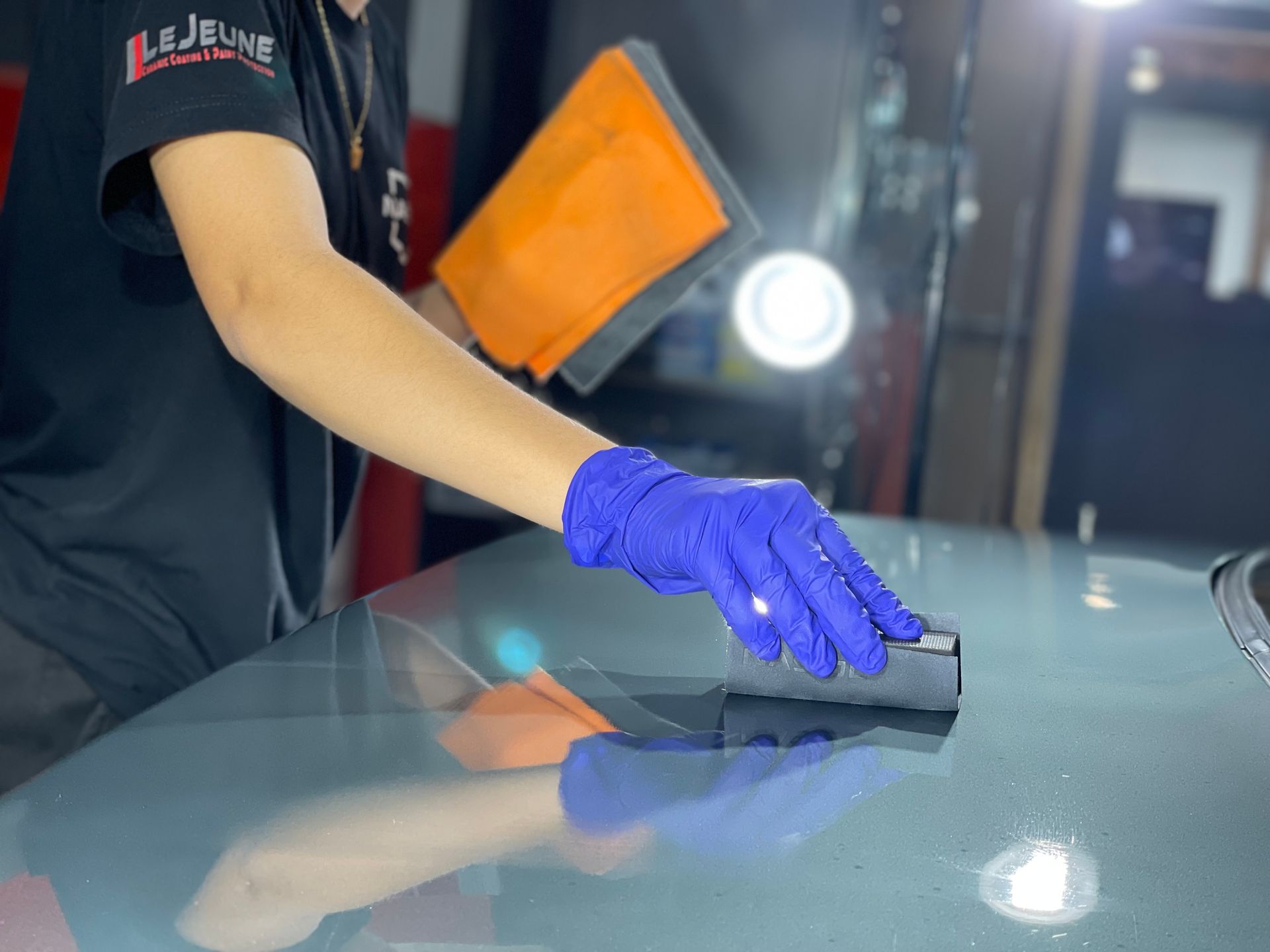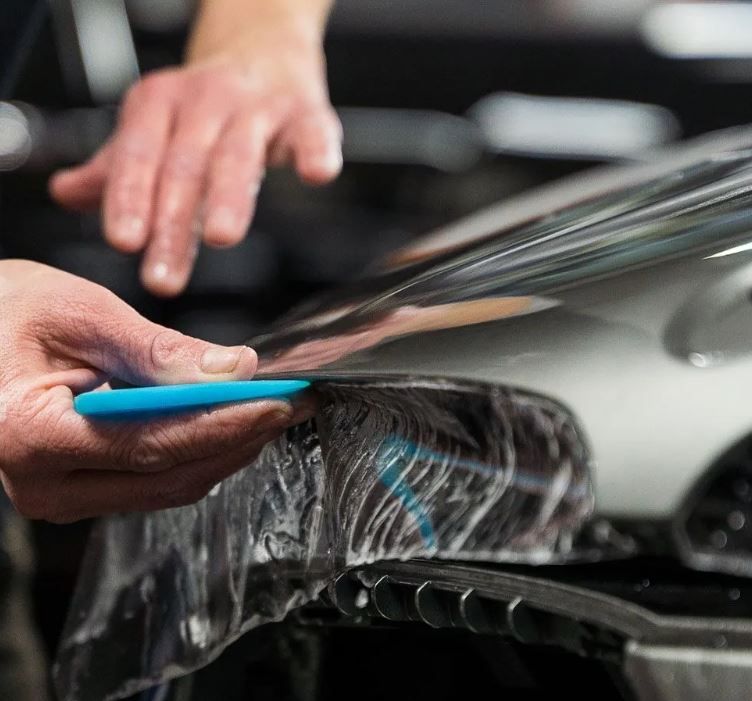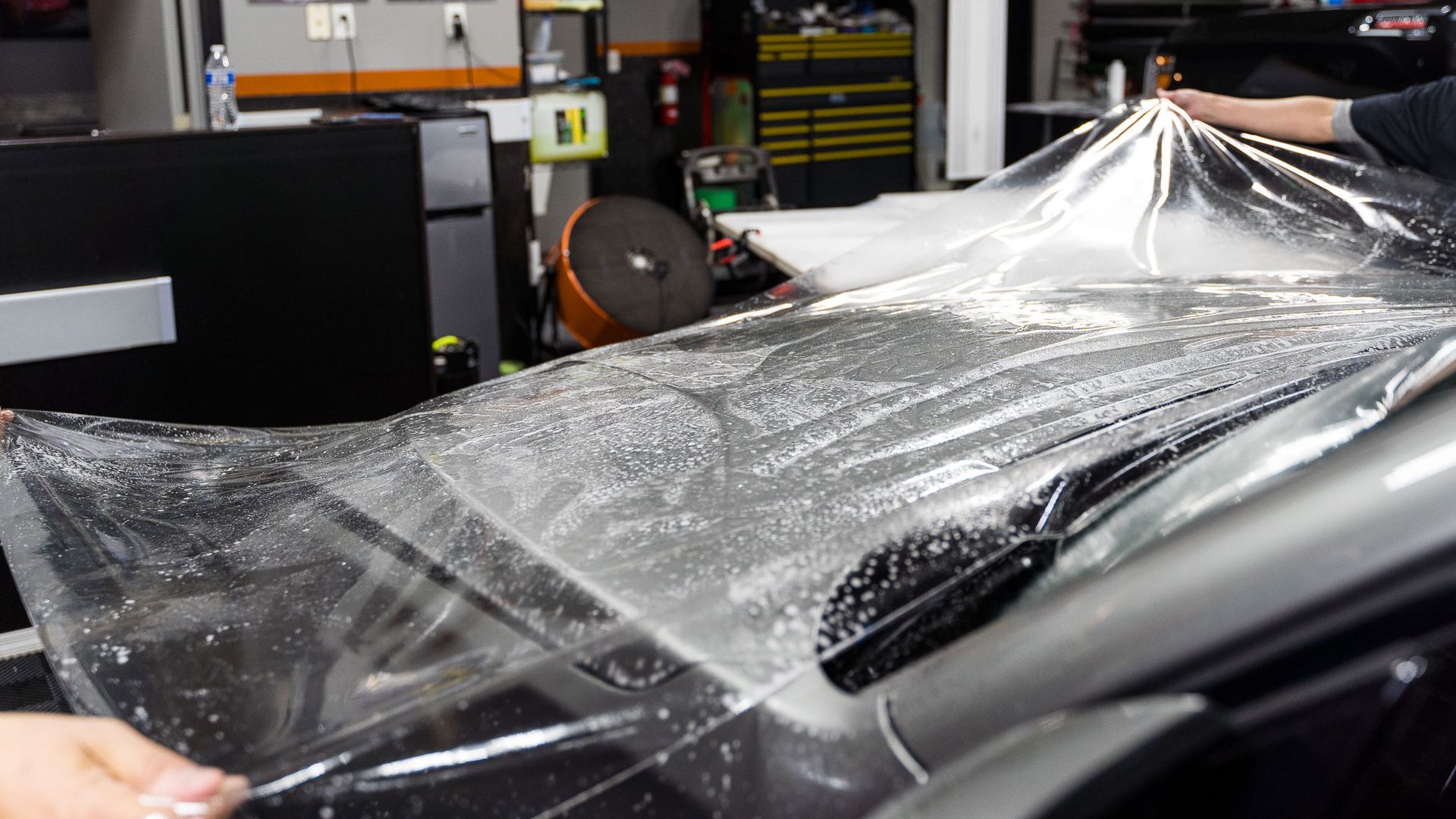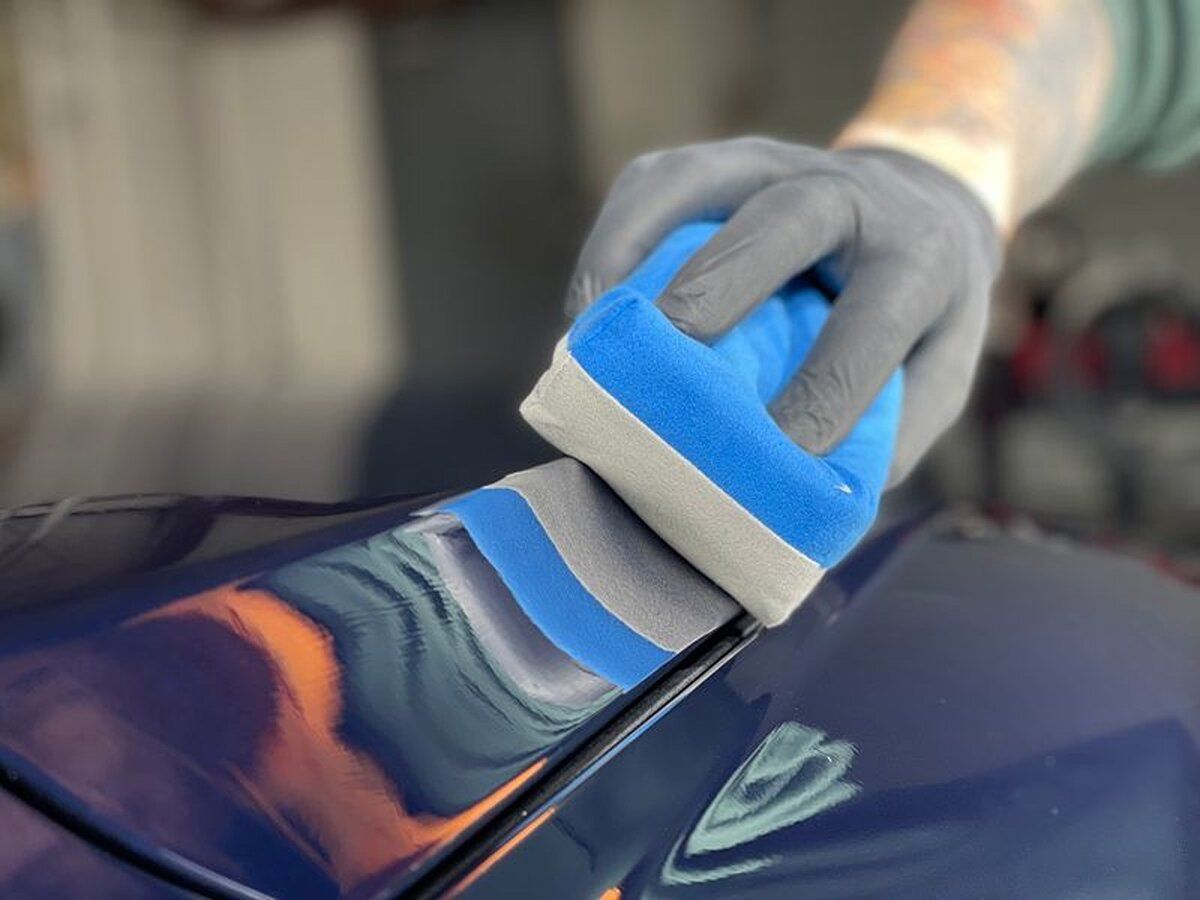Debunking the Top 5 Myths About Ceramic Coatings: Unveiling the Truth and Facts
GET A QUOTECALL (770) 722-3486
Ceramic coatings aren't magic shields that make vehicles invincible. Yes, these coatings add a layer of protection, but they don't stop all scratches or erase car washes from your future tasks. The work doesn't end after just one application either; upkeep is vital. Plus, expert hands should be the ones applying them for maximum benefit. By exposing truths like these, you'll appreciate it even more when you notice your vehicle looking cleaner longer, despite the soft touch of summer rain or dust picking up around tires. When dug deeper into, ceramic coatings hold valuable offerings amidst realities often covered in myths.
One of the myths about ceramic coatings is that they eliminate the need for vehicle washing. However, while ceramic coatings repel dirt and water, regular washing is still required to remove contaminants. Another myth is that ceramic coatings make all maintenance effortless, but in reality, regular maintenance practices are necessary to preserve the coating's integrity.
Identifying the Top 5 Myths Associated with Ceramic Coatings
Ceramic coatings have gained a reputation for being the ultimate protective solution for vehicles, but along with their increasing popularity comes a slew of misunderstandings and misconceptions about their capabilities. Let's debunk the five most common myths surrounding ceramic coatings:
Myth 1: Ceramic Coatings are Scratch-Proof
At the heart of this myth is the belief that applying a ceramic coating to your vehicle will render it impervious to scratches and damage. The truth is, while high-quality ceramic coatings do offer resistance against environmental contaminants, they are not entirely scratch-proof. Heavy impacts or contact with sharp objects can still lead to scratches and damage. It's like having a sturdy shell that provides protection against the effects of environmental hazards, but it's not invincible.
Myth 2: Ceramic Coating is a One-Time Application
One prevalent misconception is that applying a ceramic coating to your vehicle is a one-time process that offers lifelong protection. The reality is that ceramic coatings require periodic maintenance to retain their effectiveness. Over time, the coating may degrade and lose its protective properties, necessitating reapplication to ensure continued protection.
Myth 3: Ceramic Coating Eliminates the Need for Vehicle Washing
Some believe that once a ceramic coating is applied, it eliminates the need for regular vehicle washing due to its dirt and water-repelling properties. While it's true that ceramic coatings repel dirt and water, regular washing is still necessary to remove contaminants such as dirt, bird droppings, and other substances that can adhere to the coating. Neglecting regular washing can compromise the coating's integrity over time.
Myth 4: Anyone Can Apply Ceramic Coating
There's a pervasive myth that anyone can apply a ceramic coating without specialized knowledge or experience. In reality, professional application is crucial, as it requires proper surface preparation, correct product selection, and meticulous attention to detail during the application process. Improper application can lead to subpar results and an ineffective coating.
Myth 5: Ceramic Coating Makes All Maintenance Effortless
While ceramic coatings do make maintenance easier by reducing the adhesion of dirt and contaminants, they don't eliminate the need for maintenance altogether. Regular upkeep practices are still essential to preserving the integrity of the coating over time. Without proper care, the coating can degrade and lose its protective properties.
Debunking Durability and Protection Myths
One of the most common misconceptions about ceramic coatings is that they make your vehicle entirely resistant to scratches. While they do provide a level of resistance against environmental contaminants, it's important to remember that they are not scratch-proof. Heavy impacts or sharp objects can still cause scratches. The key here is understanding the limitations of ceramic coatings. They're designed to offer protection but they cannot guarantee invincibility. Another prevalent myth is the belief that ceramic coating is a one-time application—once it's done, you never need to think about it again. The truth is that ceramic coatings require periodic maintenance to retain their effectiveness and longevity. Over time, due to exposure to environmental elements and regular use, the coating can wear off. Think of it like reapplying sunscreen after swimming—all good things need a little touch-up every now and then.
Moreover, some people think that applying a ceramic coating eliminates the need for regular vehicle washing. This is partly true, as ceramic coatings do repel dirt and water, but that doesn't mean you should skip washing your vehicle altogether. Regular washing is still required to remove dirt, bird droppings, and other contaminants that can accumulate on your vehicle over time. A simple rinse might not be enough to get rid of stubborn stains or contaminants, but giving your vehicle a proper wash is necessary even with a protective ceramic coating in place. Think of it this way: You might have a raincoat to keep you dry during light showers, but if you accidentally spill something on yourself, you'd still want to clean it off properly rather than relying solely on the raincoat to keep you presentable.
By dispelling these myths, we gain a better understanding of the practical applications and limitations of ceramic coatings. It's essential to recognize that while they offer significant benefits, they do come with certain responsibilities and considerations for long-term effectiveness.
Heat Insulation Myths: The Facts
When it comes to keeping your vehicle cool and protected from heat, misconceptions about ceramic coatings can cause confusion. While some nanoceramic coatings offer thermal resistance and UV protection, they do not make a vehicle fireproof. Claims about fire resistance are often exaggerated, and specialized measures need to be considered separately for complete heat and fire protection. Ceramic coatings are often praised for their ability to manage heat, but it's crucial to acknowledge that the level of thermal conductivity in ceramic coatings varies. Some coatings may provide better heat management capabilities compared to traditional coatings, making them an attractive choice for heat-sensitive applications. Having explored the truths behind the heat insulation capabilities of ceramic coatings, it's evident that while they offer impressive thermal resistance, claims about making a vehicle fire-proof are overstated.
Lifetime Durability of Ceramic Coatings: Reality Check
One of the most common misconceptions about ceramic coatings is that they offer a lifetime guarantee of protection. While it's true that high-quality ceramic coatings provide robust and long-lasting defense against environmental elements, it's important to understand the factors that can influence their durability. The caliber of the application process is one of several important factors that affect ceramic coatings' durability. Proper application involves meticulous paint correction to ensure that the surface is free from imperfections before the coating is applied. Additionally, the expertise and techniques used during installation play a significant role in determining the effectiveness and longevity of the coating. The quality of the clear coat used in the ceramic coating formulation contributes to its overall durability and performance. High-quality clear coats provide enhanced resistance to environmental hazards, ensuring long-term protection for the vehicle's paint.
It's important to also note that most nanocoatings do not come with lifetime warranties. While this may seem concerning, it simply means that consumers should manage their expectations regarding the longevity of these coatings. Instead of relying solely on warranties, it's crucial to focus on selecting a reputable professional who specializes in high-quality ceramic coating applications. Imagine purchasing a brand-new car with a gorgeous ceramic coating that a reputable auto detailing expert applied. The lack of a lifetime warranty doesn't diminish your confidence in the coating's durability and performance. In fact, your trust lies in the expertise and reputation of the applicator, knowing that they have applied a top-tier product with precision and care.
In summary, while true longevity and effectiveness are determined by a variety of elements such as paint correction, installation methods, and the quality of the clear coat used in the ceramic coating, it's also vital to recognize that most nanocoatings don't come with lifetime warranties. By managing expectations and prioritizing professional application, individuals can experience the full benefits of ceramic coatings while understanding and accepting realistic durability considerations.
Truth Behind Ceramic Coatings Resistance to Scratches and Chips
Ceramic coatings are often hailed for their ability to resist environmental contaminants, forming a protective layer over the vehicle's clear coat. It's important to clarify that while ceramic coatings offer substantial resistance against environmental effects, they are not impervious to scratches and chips from accidental or intentional damage or significant impact. Therefore, it's essential to understand the limitations of ceramic coatings in protecting against scratches and chips. This is where paint protection film comes into play—designed specifically to absorb impacts without causing damage to the vehicle's surface. For those who seek comprehensive protection against road debris, PPF is an invaluable addition alongside ceramic coatings.
Think of paint protection film as a shield that takes the brunt of any harsh impact, preventing chips and scratches from making contact with the vehicle's paintwork. While ceramic coatings provide an extra layer of defense against everyday wear and tear, PPF offers an additional level of resilience against more forceful threats. Understanding the complementary nature of these protective measures is crucial for car owners looking to preserve the longevity and aesthetic appeal of their vehicles. Each element serves a distinct purpose in shielding the vehicle from different types of harm, providing comprehensive protection across various scenarios. Paint protection film complements ceramic coatings by offering tailored protection against scratches, chips, and minor impacts beyond the capabilities of ceramic coatings.
By recognizing the roles of both ceramic coatings and paint protection film, vehicle owners can make informed decisions about how to best safeguard their vehicles from scratches and chips. The synergy between these two protective measures delivers a holistic approach to preserving their vehicle's appearance and structural integrity.
Expert Ceramic Coating Installation in Marietta, GA
With LeJeune Ceramic Coating & Paint Protection in Marietta, GA, you can unlock unmatched paint protection for your car. Our expert ceramic coating applications provide an outstanding barrier against the weather, guaranteeing that your vehicle will keep its showroom gleam for many years to come. Bid farewell to laborious waxing regimens and welcome a hassle-free option that maintains the best possible appearance for your vehicle. Invest in protection with our premium ceramic coatings. Discover the impact that excellence has. Make an appointment right now or
call us at (770) 722-3486 to give your car the defense it needs!
